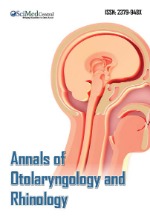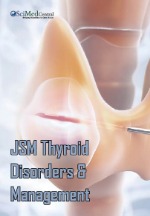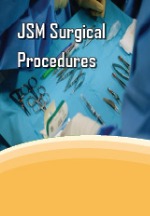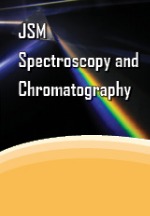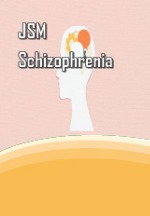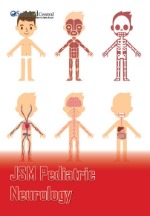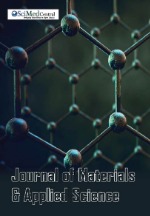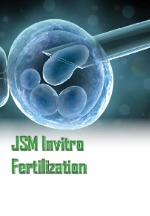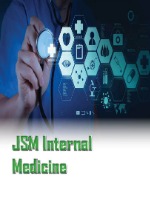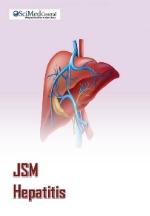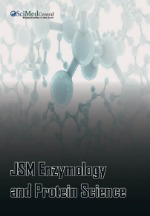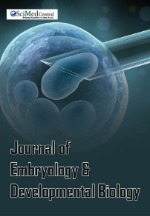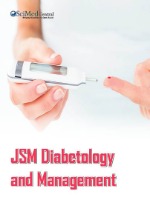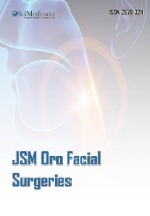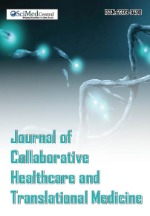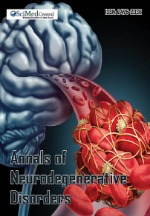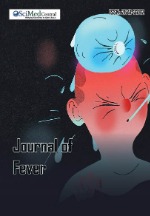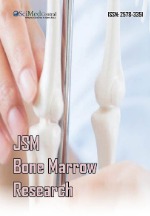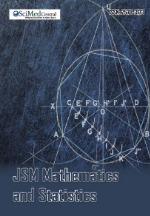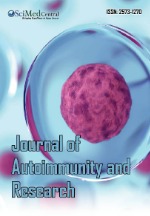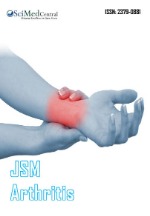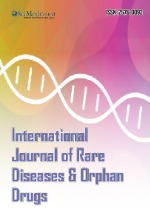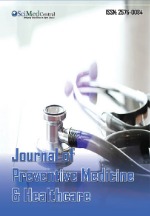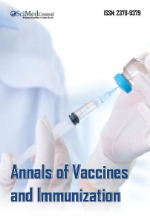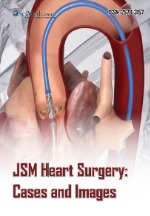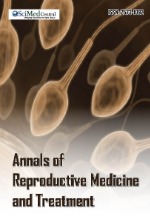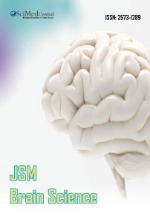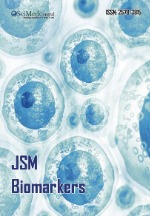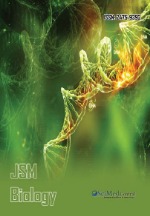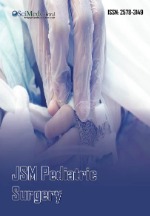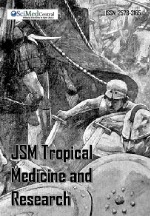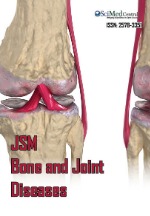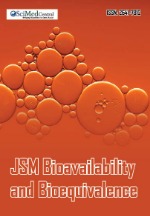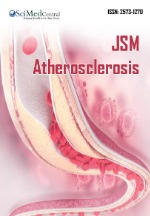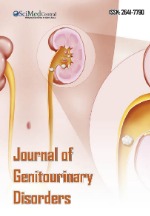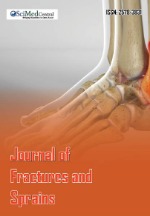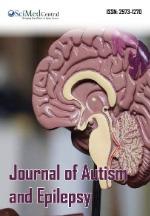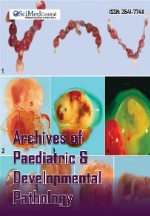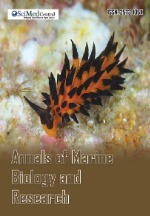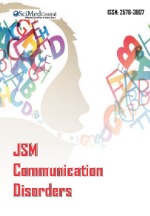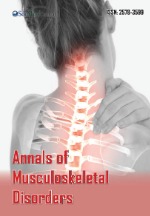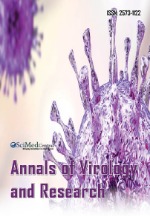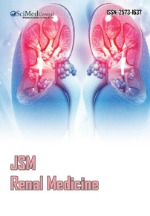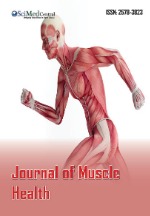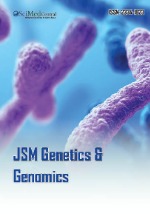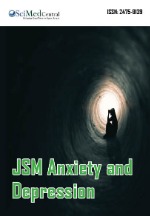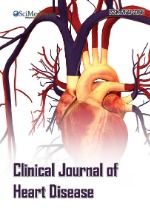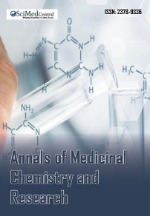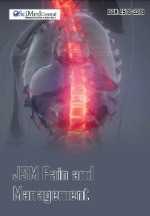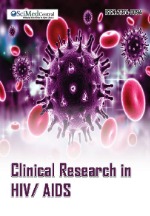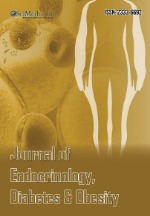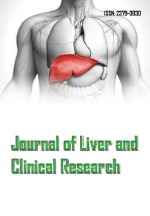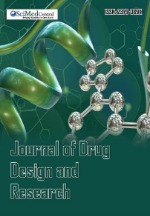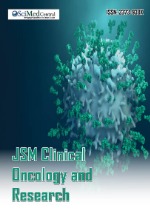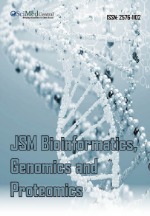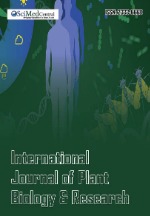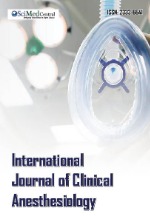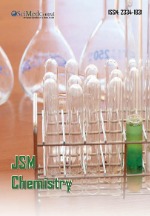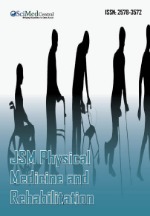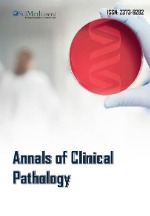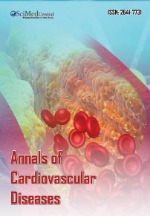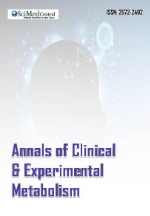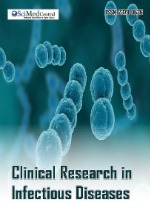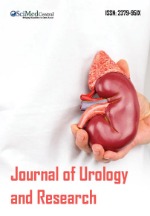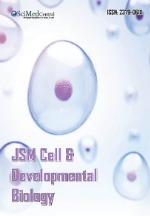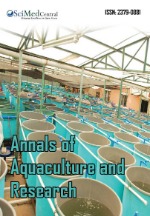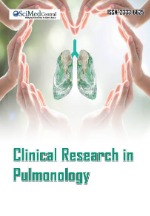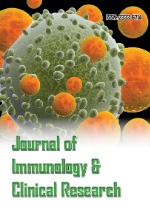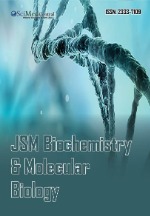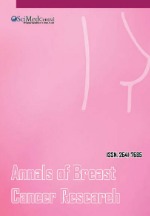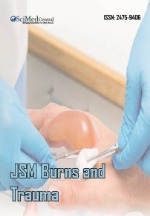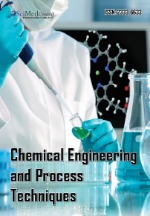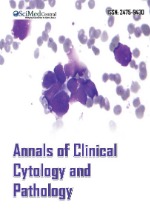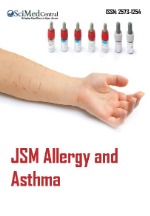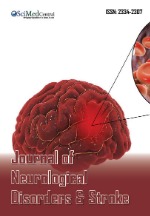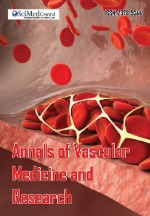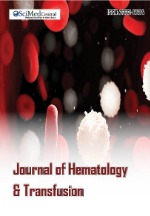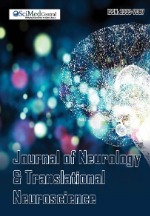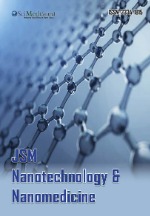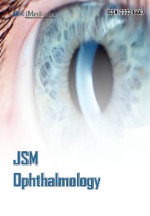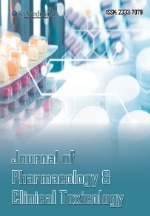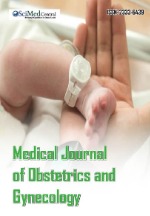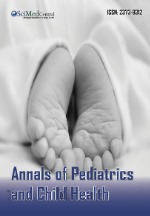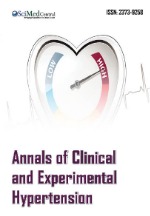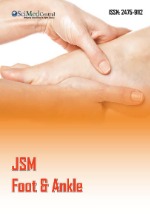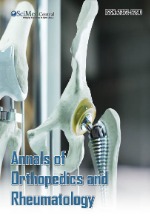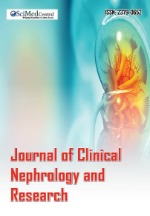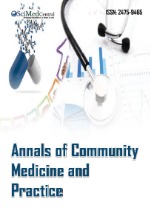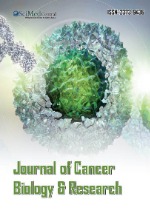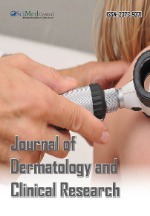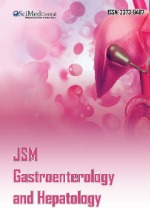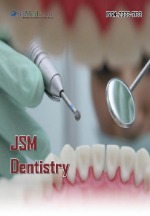A Retrospective Chart Review of the Effects of the Off Label Use of Pegylated Interferon A-2a Treatment on JAK2 Positive Polycythemia Vera and Essential Thrombocythemia Patientsin a Single Center in Kuwait
- 1. Consultant Hematologist, Amiri Hospital, Kuwait
- 2. Consultant Hematologist and Head- Bone Marrow Transplant Institute & jak2 - Stem Cell Processing Laboratory, Kuwait University, Kuwait
- 3. Medical laboratory Specialist in Nuclear Hematology, Farwaniya Hospital, Kuwait
- 4. Consultant in internal Medicine and Hematology, Kuwait University, Kuwait
- 5. Medical laboratory Specialist in Molecular Hematology, Kuwait Cancer Control Center, Kuwait
- 6. Registrar in Hematology, Amiri Hospital, Kuwait
Abstract
Objective: In this study we found in our small group of patients in this rare disease that pegylated interferon a-2a (Peg-IFN-2a), which is approved for treating hepatitis C virus infection, is associated with relatively milder and less frequent adverse effects and better treatment compliance than conventional treatments, including hydroxyurea or anagrelide, in polycythemia vera (PV) and essential thrombocythemia (ET) patients. To our knowledge, we assessed the off label use effects of Peg-IFN-2a on ET and PV patients in Kuwait for the first time;
Methods: we administered the off label drug use Peg-IFN-2a to 5 patients (1, PV; 4, ET) who could not tolerate hydroxyurea or anagrelide. Most patients showed an acceptable hematological response. One patient relapsed during Peg-IFN-2a treatment, while another one preferred to resume oral treatment with a lower dose of anagrelide to avoid Peg-IFN-2a injections. All patients were positive for the JAK2 gene mutation.
Results: Cellular overproduction of PV and ET was controlled in most cases on the follow up of >3 years. Overproduction of blood cells increased quickly when Peg-IFN-2a was discontinued for 2–3 weeks to evaluate patient response.
Conclusion: This study shows that toxicities of Peg-IFN-2a treatment were lower than with conventional treatments and with good compliance.
BACKGROUND
Chronic Myelo Proliferative Neoplasms (MPN), which include Polycythemia Vera (PV), Essential Thrombocythemia (ET), and Primary Myelo Fibrosis (PMF) are rare heterogeneous group of disorders characterized by proliferation of one or more of hematologic cell lines in the bone marrow leading to a high number of monoclonal cellular components in the peripheral blood. The incidence of these diseases varies, from about 1.5 for PMF to 2.3–2.5 for ET and PV per 100,000 people/year [1]. Some MPN patients cannot tolerate conventional treatment with hydroxyurea and anagrelide due to its adverse effects, or because they need higher doses that they cannot tolerate. The main adverse reactions of hydroxyurea are bone marrow depression, gastrointestinal symptoms, and dermatological reactions such as maculopapular rash, skin ulceration, dermatomyositis-like skin changes, peripheral and facial erythema, and hyperpigmentation and atrophy of the skin and nails [2]. The adverse effects of anagrelide are congestive heart failure, myocardial infarction, cardiomyopathy, cardiomegaly, complete heart block, atrial fibrillation, cerebrovascular accident, pericarditis, pericardial effusion, pleural effusion, pulmonary infiltrates, pulmonary fibrosis, pulmonary hypertension, pancreatitis, gastric/duodenal ulceration, and seizures. The most common adverse events resulting in treatment discontinuation were headache, diarrhea,
edema, palpitations, and abdominal pain [3]. The incidence of adverse events increased at higher dosages of anagrelide.
Limited understanding of the abnormal processes and molecular causes of MPN diseases have hampered the development of novel therapies for them. The most important recent finding regarding MPN was discovery of a mutation in the JAK2 gene, which is present in 50%-75% of ET and PMF patients and in 97% of PV patients. JAK2 gene mutation leads to the synthesis of JAK2 protein, which is a constantly active
enzyme, leading to monoclonal cellular overproduction [4]. A semi-synthetic drug has been developed from interferon (IFN)-α, by attaching a polyethylene glycol (PEG) molecule to the regular IFN-α. This significantly prolongs the half-life of IFN and its presence in the blood, and provides extended activity for over 1 week [5]. Previous studies have reported that toxicities due to pegylated interferon (Peg-IFN)-2a are less pronounced and occur less often than those due to regular IFN-α [6]. Further, patient compliance is enhanced, as they receive Peg-IFN-2a treatment only once per week rather than a daily treatment of frequent doses of hydroxyurea and anagrelide, which are conventionally used. Peg-IFN-2a is approved drug for hepatitis C infection but it is off label drug use in MPN in treatment trails [7].The adverse effects
of Peg-IFN-2a can be tolerated better by patients [8]. Common adverse effects of Peg-IFN-2a therapy include a flu-like reaction with fever, fatigue, irritability, chills, headaches, trouble sleeping, dry mouth, dry skin, hair loss, sore throat, chest pain, heart attack (very rare), rash, dizziness, muscle aches, abnormal liver function, and some gastrointestinal symptoms and psychological disturbances [9] . Here, we studied the use of Peg-IFN-2a as an alternative for treating PV and ET to overcome the problem of patient tolerance, as it was associated with relatively milder and less frequent adverse effects and better treatment compliance.
Five patients not responding or can’t tolerate hydroxyurea or anagrelide were chosen from group of PV and ET patients under treatment for MPN . Peg-IFN-2α dose was increases gradually from 45 to 90 μg. Dose less than 90 μg given when adverse effects noticed. Combined treatment of Peg-IFN-2α and reduced ndose of hydroxyurea or anagralide given to achieve remission when the tolerated dose of Peg-IFN-2α did not get the patient in remission. Fully automated DNA purification was performed using the QIAamp DNA Mini Kit on the QIAcube equipment. This method provides fast and easy purification of total DNA
for reliable PCR and Southern blotting. We used whole blood samples from patients showing overproduction of white blood cells, red blood cells, or platelets without any secondary causes of overproduction. Treatment for all patients started gradually from 45 to 90 to avoid Peg-IFN-2α adverse effect.
Results gained as follow (1) patient relapsed while undergoing treatment (20%), (1) Patient dropped out because of intolerance to the injections (20%), and (1) patient did not complete the study because of
adverse effects (20%). (2)Patients remained on Peg-IFN-2α with complete remission (CR) (40%); one was a refractory case of ET, which was not controlled by hydroxyurea or anagrelide because of their adverse effects at high doses. The patient was previously advised to undergo bone marrow transplantation because of her young age and severe ET, but was in CR for 29 months after treatment with Peg-IFN-2α . The other patient in CR suffered from PV, and she refused recurrent phlebotomy. Her nails turned black after 3 months of hydroxyurea treatment. She stopped hydroxyurea and started Peg-IFN-2a treatment. Currently, she is in remession CR for 26 months while receiving Peg-IFN-2a treatment alone. (1) Patient still requiring combined therapy of Peg-IFN-2α and low dose anagrelide.
Citation
Al-Jafar HA, Al-Shemmari S, Oglu LA, AlSayegh F, Al-Aqeel A, et al. (2013) A Retrospective Chart Review of the Effects of the Off Label Use of Pegylated Interferon Α-2a Treatment on JAK2 Positive Polycythemia Vera and Essential Thrombocythemia Patients in a Single Center in Kuwait. JSM Clin Case Rep 1(1): 1005.
CASE PRESENTATIONS
Case 1:
A 43-year-old female patient with aggressive ET for 10 years was undergoing treatment with hydroxyurea for 9 years. Hydroxyurea 3 grams daily caused severe mouth ulceration, and was replaced it with anagrelide 4 mg daily. Anagrelide controlled her ET but caused severe abdominal pain. Peg-IFN-2a was started gradually from 45 μg week, a dose more than 60 μg caused severe numbness with still platelets count around 800 x 19 platelets count. She remains in CR for 38 months to the present on low dose of anagrelide 0.5 mg daily combined with 60 μg once per week. She is still positive for the JAK2 mutation.
Case 2:
A 23-year-old male patient with a history of ET. He was very worried and seeking treatment for his case. Refused hydroxyurea because he was newly married and was planning a family. The platelet count at presentation was 1016 × 109/L. Treatment with anagrelide 1.5 mg daily was started, but this was discontinued after 4 weeks due to palpitations. Peg-IFN-2a was then started, increasing gradually from 45 μg up to 90 μg once per week over 30 months, but eventually stopped by the patient because of lower limb numbness. The platelet count dropped to around 750 × 109/L with no treatment. At present, he is still positive for the JAK2 mutation and is not on any treatment.
Case 3:
A 56-year-old female patient she is the mother of case 2 patient. She presented with ET since 24 months and treated with hydroxyurea. That was discontinued because of severe hair loss. Anagrelide was started but discontinued after 3 weeks because of palpitations. Peg-IFN-2a was started, increasing from 45 μg up to 90 μg once per week over 16 months. She did not show a good response and hydroxyurea was restarted again one gram daily combined with anagrelide 1 mg daily. At present, platelet count remains around 1380 x109/L and she is still positive for the JAK2 mutation. Re-examination of her bone marrow showed grade 1 myelofibrosis. Repeated bone marrow after one year showed grade 2 myelofibrosis. This patient did not achieve CR on Peg- IFN-2a or on the conventional drugs.
Case 4:
A 63-year-old female patient with a 19-month history of PV was being treated by phlebotomy, but required monthly venesection. She was receiving hydroxyurea for 15 months because she refused monthly phlebotomy. Her nails became black after 3 months of hydroxyurea treatment, and she was then started on Peg-IFN-2a treatment increasing from 45 μg up to 90 μg once per week since 30 months. Currently, she is in CR on Peg- IFN-2α only, and remains positive for the JAK2 mutation.
Case 5:
A 75-year-old female patient with a 9-year history of ET was treated with hydroxyurea for 9 years. Hydroxyurea treatment resulted in severe leg ulceration, and Peg-IFN-2a treatment was initiated instead treatment increasing from 45 μg up to 90 μg once per week. ET was very well controlled after 1 month. The patient continued on Peg-IFN-2a for six months, but she preferred oral rather than injection treatment. She was then
treated using anagrelide 1.5 mg daily. At present, she is in CR, but remains positive for the JAK2 mutation.
DISCUSSION
Thus far, only Peg-IFN-2a has been shown to eradicate the JAK2 mutations clone in JAK2-positive MPN patients [10].The mechanisms of action of Peg-IFN-2a on the JAK2 mutation are unknown. JAK2 V617F mutation frees JAK2 kinase from the control of its autoregulatory domain, resulting in continuousn activation in the absence of a physiologic signal [11]. The JAK2 gene has 2 physiological functions. It is responsible for cell surface expression of the hematopoietic growth factor receptors that transmit the erythropoietin and thrombopoietin signals. It is also responsible of initiating the transmission of these signals to
other cytoplasmic proteins [12]. Peg-IFN-2a treatment objectives in patients with PV and ET relate mostly to the prevention of complications, primarily the development of thrombosis and hemorrhage. Peg-IFN-2a is probably involved in the direct effects of the cytokine on hematopoietic cells, including inhibition of the proliferation of erythroid and megakaryocytic progenitors, and modulation of thrombopoietin receptor signalling. Peg-IFN- 2a may also involve the pleiotropic immunologic properties of IFN, including increase in the cytotoxicity of T and natural killer cells, which leads to the induction and amplification of cell mediated and humoral immune responses against the patient’s tumour antigens. Peg-IFN-2a is very effective in PV. It induces hematologic response in 80–90% of cases and molecular responses in approximately 50% of ET cases, some of which arecomplete molecular responses implying eradication of the JAK2 V617F mutation [13]. The importance of JAK2 eradication by Peg-IFN-2a with respect to the long-term consequences remains unclear, and whether such patients will have an advantage in terms of survival or prevention of thrombotic complications or progression to acute myeloid leukaemia is unknown [14].We found Peg-IFN-2a to be an effective and promising agent for treating MPN with few adverse effects. The present study showed the effects of this treatment in 1 case of PV and 4 cases of ET, all of which showed positivity for JAK2 mutation; no patient was found to be negative.
Our findings in this series of patients confirmed the benefits of using Peg-IFN-2a for treating MPN disorders when conventional drugs are not tolerated or are ineffective. Further, our results with respect to the response of ET and PV patients to Peg-IFN- 2a are comparable with those of previous research studies [15]. All 5 patients showed a good response to Peg-IFN-2a. While the literature suggests that Peg-IFN-2a eradicates the JAK2 mutation in some patients with PV and ET, studies with a longer followup period that includes more number of patients are required to accurately assess the effects of Peg-IFN-2a on the JAK2 mutation.
CONCLUSIONS
Our retrospective chart review study showed that the off label use of Peg-IFN-2a is an effective drug for MPN with fewer adverse effects than the conventional treatment. Further, Peg- IFN-2a tolerance increased with time in our patients.
ACKNOWLEDGMENTS
The authors thank Kuwait Foundation for the Advanced Sciences for sponsoring the JAK2 equipment and we are grateful to Dr. Samia abdul Salam for facilitating this project work.


